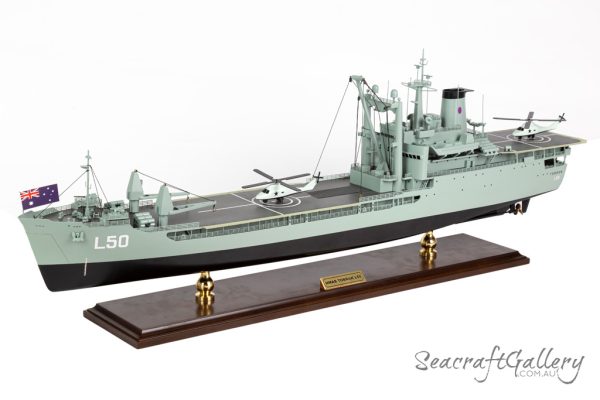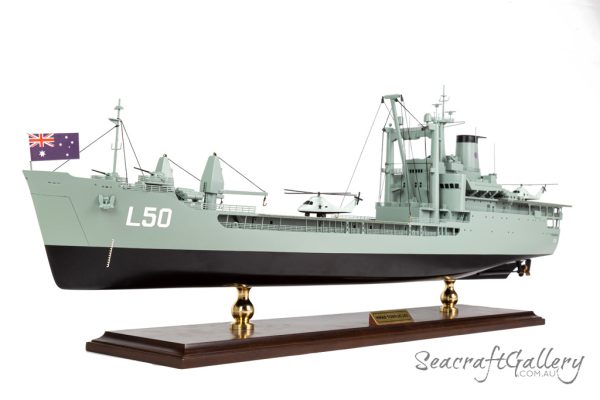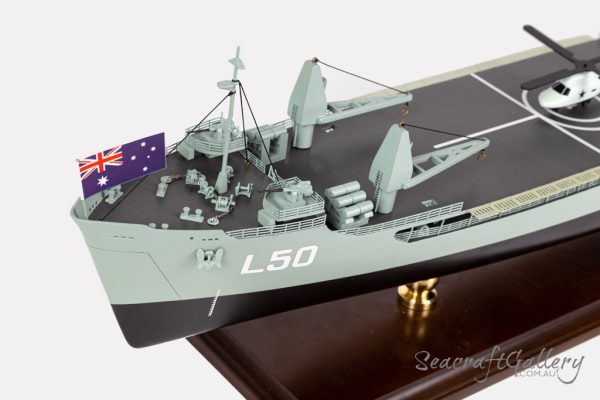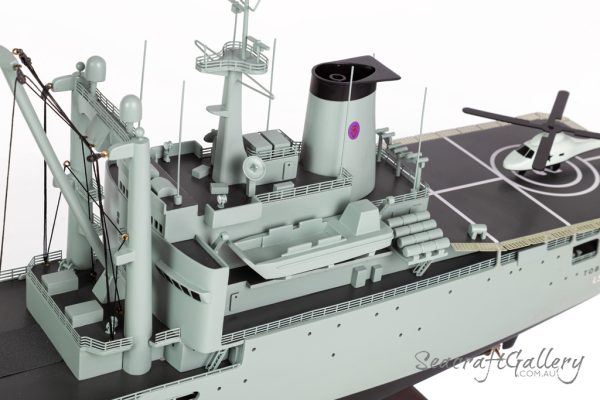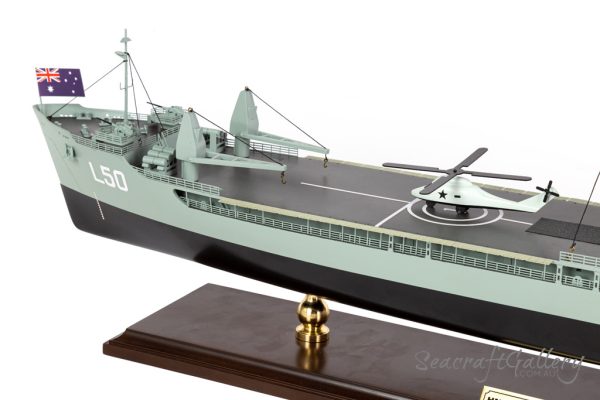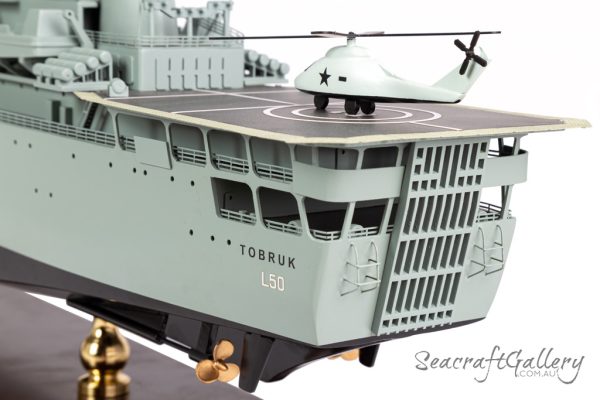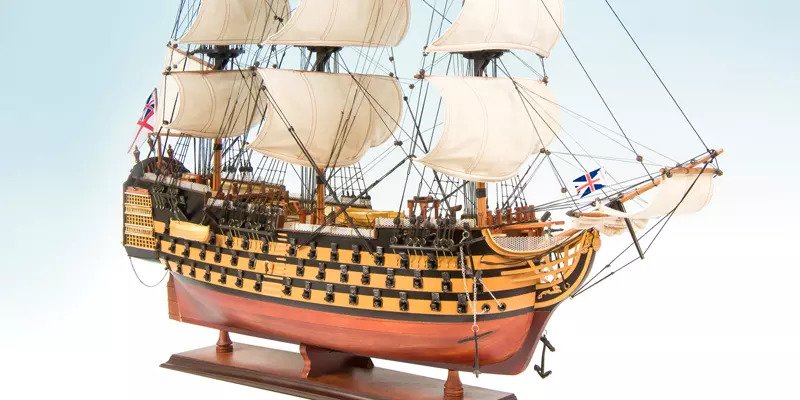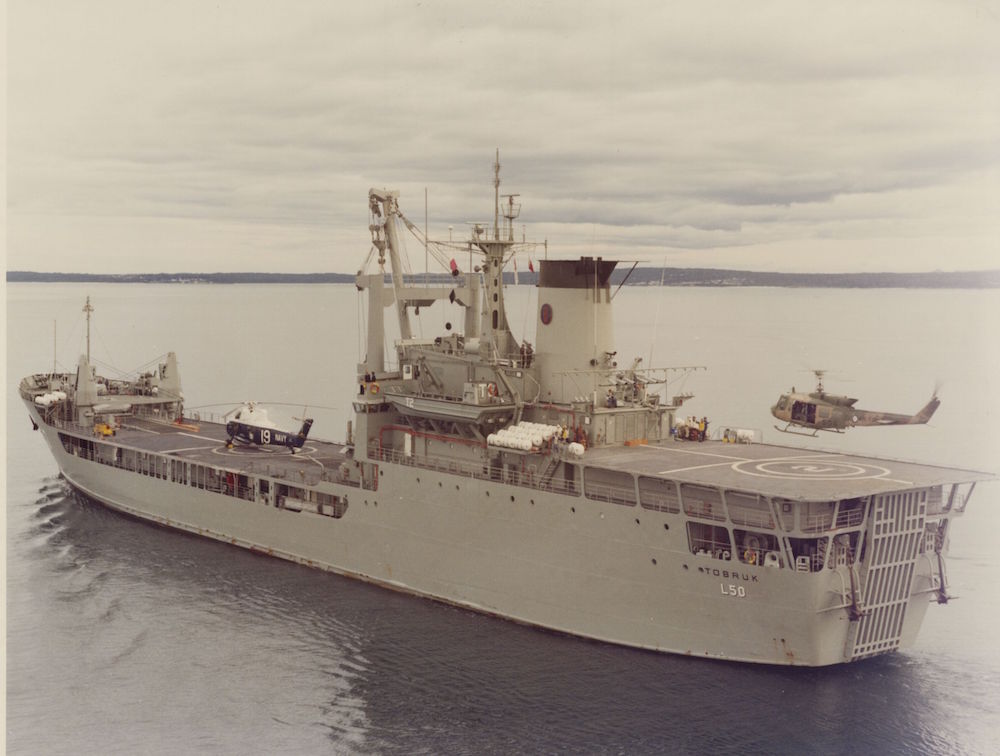
The Tobruk II - Landing Ship Heavy: A Significant History
The history of naval warfare is replete with stories of ships that have played pivotal roles in various conflicts, shaping the outcomes of battles and wars. One such ship with a significant history is the Tobruk II – Landing Ship Heavy (LSH). The Tobruk II, a landing ship heavy commissioned by the Royal Australian Navy (RAN), has a storied history of service, demonstrating its versatility, resilience, and importance in various operations. In this article, we will explore the significant history of the Tobruk II – LSH, tracing its origins, key missions, and the impact it has had on Australian naval capabilities.
Origins and Design:
The story of the Tobruk II begins in the late 1970s when the Australian government initiated plans to acquire a new class of amphibious warfare ships. These ships were designed to carry troops, vehicles, and equipment to distant shores, serving as a vital component of Australia’s naval forces. The need for such vessels was recognized as crucial for the nation’s ability to project military power and provide humanitarian assistance in the region.
The Tobruk II was laid down at the Carrington Slipways in Tomago, New South Wales, in 1980, and it was launched on 1 March 1981. The ship was named after the famous Battle of Tobruk in World War II, reflecting the Australian Navy’s commitment to honoring its history while looking toward the future.
The design of the Tobruk II was based on the British RFA Sir Tristram class, with modifications to meet the specific requirements of the RAN. The ship was a Landing Ship Heavy (LSH), capable of transporting troops, vehicles, and helicopters. It had a displacement of approximately 8,351 tons and a length of 131 meters, making it a substantial vessel.
Operational Service:
The Tobruk II – LSH saw extensive operational service throughout its career, participating in various military exercises and deployments. One of its early deployments was in support of peacekeeping efforts in Bougainville, Papua New Guinea, during the late 1990s. The ship’s ability to transport troops and equipment to remote areas proved crucial in maintaining peace and stability in the region.
The Tobruk II also played a significant role in the Australian-led INTERFET (International Force for East Timor) mission in 1999. The ship was instrumental in deploying Australian troops and equipment to East Timor following the violence that erupted there during the independence referendum. The timely arrival of the Tobruk II helped restore order and facilitate humanitarian assistance efforts.
Perhaps one of the most notable missions for the Tobruk II was its involvement in Operation Anode, part of the Regional Assistance Mission to the Solomon Islands (RAMSI). The mission, which began in 2003, aimed to restore law and order in the Solomon Islands following years of ethnic tension and violence. The Tobruk II, along with other Australian Navy vessels, provided crucial logistical support, ensuring the success of RAMSI.
The ship’s versatility was further showcased during humanitarian assistance and disaster relief operations. In 2004, the Tobruk II played a critical role in providing aid to Indonesia following the devastating Indian Ocean earthquake and tsunami. The ship transported relief supplies, medical teams, and equipment to the affected areas, exemplifying its significance not only in military operations but also in humanitarian missions.
Decommissioning and Legacy:
After nearly three decades of dedicated service, the Tobruk II was decommissioned on 31 July 2015. The decision to retire the ship was met with mixed feelings, as it marked the end of an era in Australian naval history. The Tobruk II had been a reliable workhorse of the RAN, earning a reputation for its durability, adaptability, and outstanding service record.
The retirement of the Tobruk II highlighted the importance of maintaining and modernizing Australia’s naval capabilities. In its absence, the Australian government embarked on the development of a new class of landing helicopter dock ships, the HMAS Canberra and HMAS Adelaide, which are significantly larger and more advanced, capable of carrying more troops and equipment.
While the Tobruk II may have been replaced by more modern vessels, its legacy continues to be celebrated within the Royal Australian Navy. The ship’s contributions to peacekeeping missions, disaster relief efforts, and its role in strengthening Australia’s strategic reach have left an indelible mark on the nation’s naval history.
In recognition of its significant service, the Tobruk II was transferred to the Queensland Government for use as a dive wreck off the coast of the Great Sandy Strait in 2016. This decision preserved the ship’s memory and allowed it to continue serving a purpose, as it now serves as an artificial reef and a popular diving attraction. The Tobruk II’s new role as a dive wreck pays tribute to its past while contributing to the preservation of marine life and the growth of recreational diving tourism.
Conclusion:
The Tobruk II – Landing Ship Heavy holds a significant place in the history of the Royal Australian Navy. Its versatile capabilities and remarkable service record made it a vital asset in various military operations, peacekeeping missions, and humanitarian assistance efforts. The ship’s retirement marked the end of an era, but its legacy lives on, both in the memory of those who served aboard it and as a dive wreck that continues to attract divers and enthusiasts.
The Tobruk II’s history serves as a reminder of the importance of a strong and adaptable naval fleet for a nation’s security, regional stability, and ability to respond to humanitarian crises. While new and more advanced vessels have taken its place, the Tobruk II’s contributions to Australia’s naval capabilities remain a source of pride and inspiration. Its enduring legacy is a testament to the dedication and resilience of the men and women who served aboard this remarkable ship, and it will be remembered as a symbol of Australia’s commitment to peace, security, and assistance in the Asia-Pacific region.











